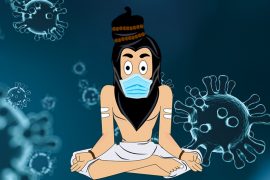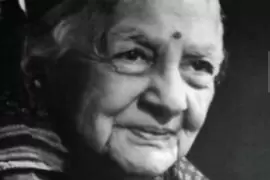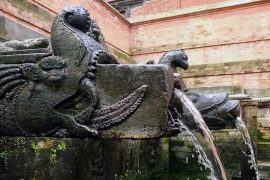Preamble
George Orwell’s succinct remark in his famous novel, The Animal Farm, that “all animals are equal, but some animals are more equal than others”, holds a mirror to the many inequities in society, and their evolution in time. The denizens of the Animal Farm share a certain animality, but they are distinguished from each other by their power, prestige, wealth, and utility. This should come as no surprise to anyone familiar with the caste system in India. Three score and ten years after Independence, when India started taking baby-steps towards a modern and democratic society, the social order defined by caste continues to dominate the public discourse. This is despite the fact that the founding fathers of this great nation were not only well-versed with its complex history and heritage but were educated and worked in western countries, before coming back to India; and the Constitution of India was prepared under the stewardship of one who endured the worst of what the caste system had to offer. Is it possible then, that they failed to see how deep-rooted the problem was? Were they naive enough to think that temporary, time-bound fixes would suffice? Did they have, what at hindsight seems, an undue and misplaced faith in the wisdom of the following generations? Is it possible that, notwithstanding their great accomplishments, their genuine love for the country, and a grand vision for its future, they were, unbeknownst to themselves, subconsciously casteist; although not in the usual sense of the word? In the euphoria of being in-charge of a newly-independent state, and in their eagerness to build a new India, did they let this bias creep into some of the decisions they took, for example in the field of education? In this article, we discuss the hierarchical structures that mark the landscape of Indian Higher Education, and glimpses into how academia continues to be in the grip of caste in its various avatars. We conclude by making a few common-sense suggestions to address the attendant problems.
Institutional Hierarchy
Approximately 800 universities and around 40,000-degree colleges constitute the Indian Academic Farm. Compare this with the twenty universities, and 500-degree colleges that were present at the time of Independence. A forty-fold increase in the number of universities, and an eighty-fold increase in the number of colleges, catering to a student population of about thirty-five million, certainly makes for dizzying headlines. But, are these universities truly universal, open, inclusive, and egalitarian temples of learning?
-30-
Copyright©Madras Courier, All Rights Reserved. You may share using our article tools. Please don't cut articles from madrascourier.com and redistribute by email, post to the web, mobile phone or social media.Please send in your feed back and comments to [email protected]











